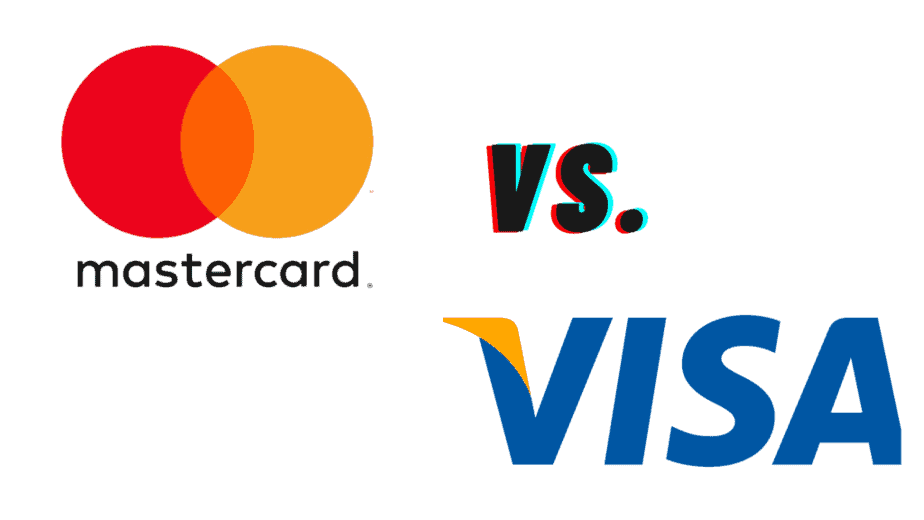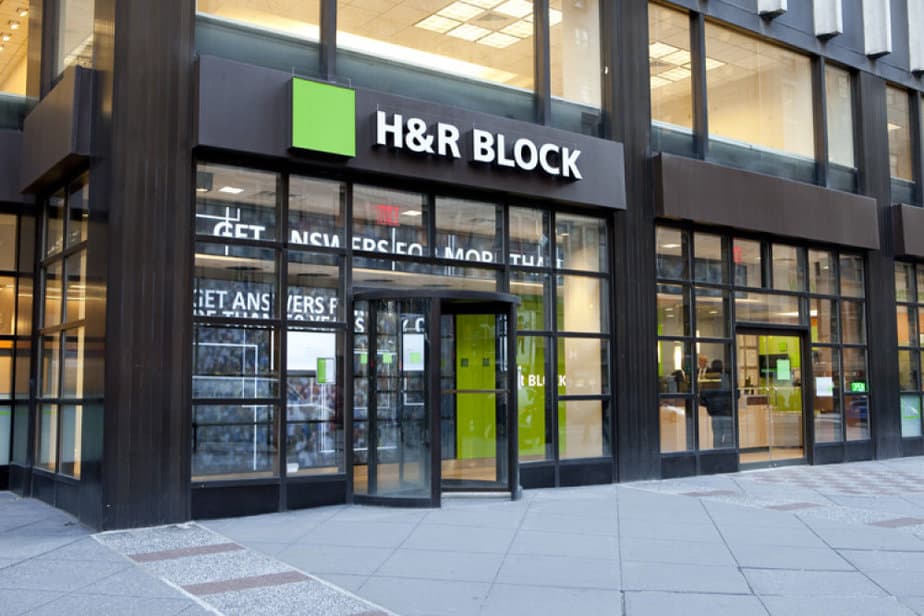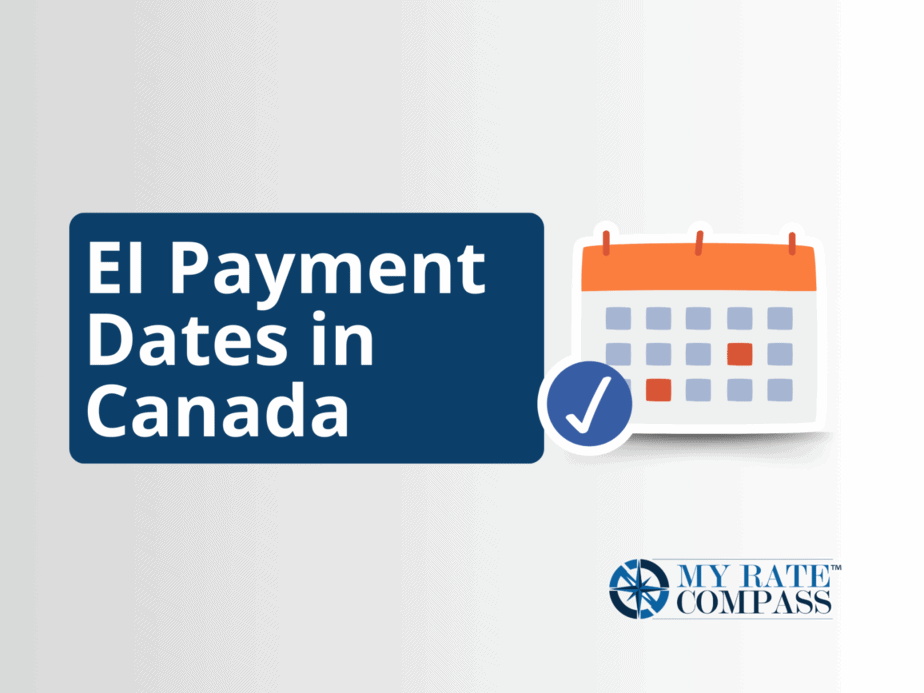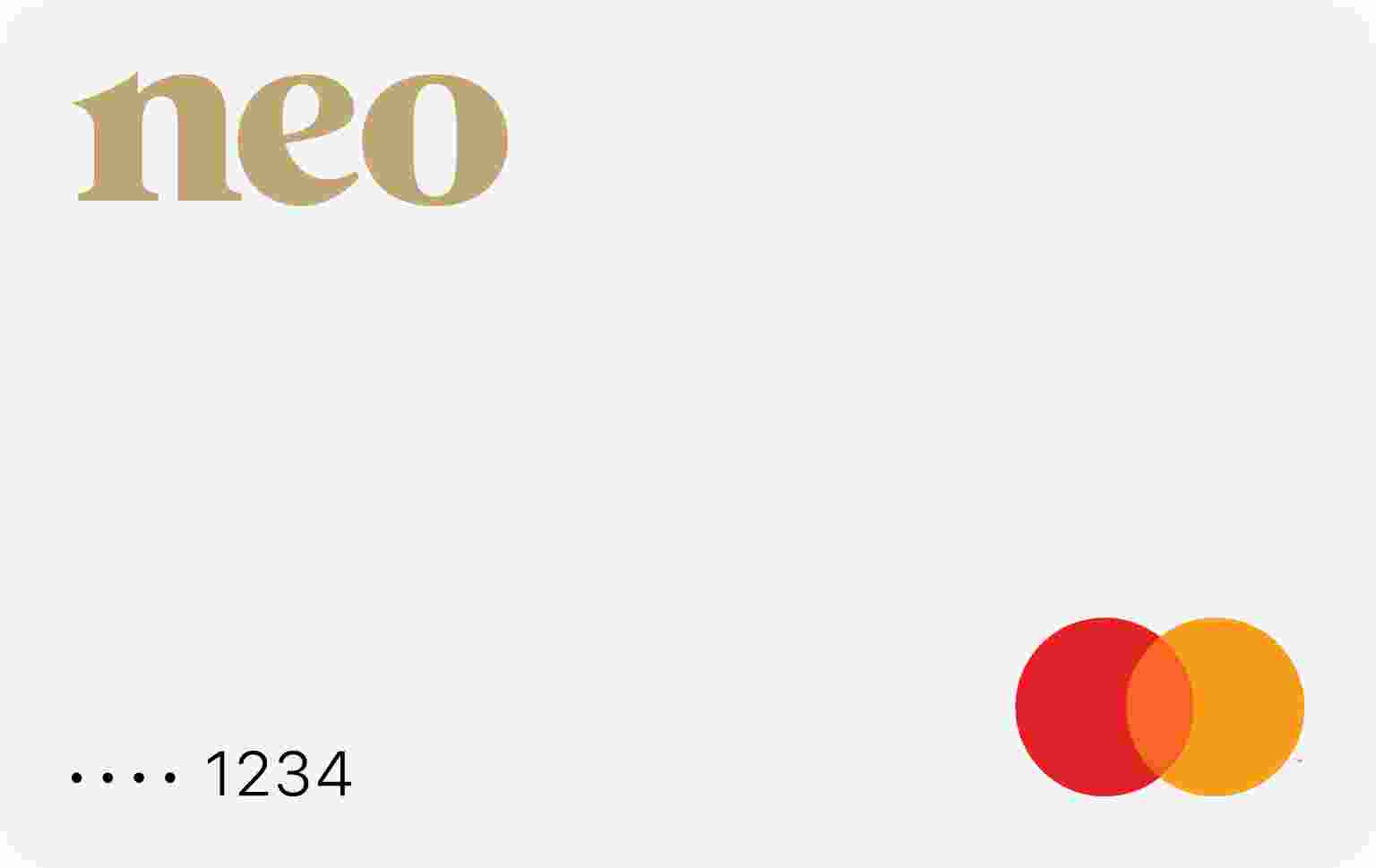Credit cards can be complicated. There are different types, with unique costs, requirements, rewards, benefits, sign up bonuses – and the list goes on. Internationally, the two most widely accepted credit cards are VISA and Mastercard. But, what is the difference between them?
To start, both VISA and Mastercard are not actual credit cards or credit issuers. Rather, VISA and Mastercard are payment networks. In other words, they process payments between financial institutions and merchants. Most of their differences are in the behind-the-scenes processes, their fees and agreements with merchants and banks. For this reason, certain vendors will only accept certain credit card types. This is why other payment networks, such as American Express, are not as widely accepted.
As a credit card holder, your benefits are determined by the credit card issuer, not VISA or Mastercard. The issuer is normally a bank or other financial institution which has a partnership with the respective payment processing company. With that being said, there are some subtle differences to consider. Let’s take a deeper look below.
VISA vs Mastercard Explained
Visa and Mastercard are both payment processing services. They ensure the funds for rendered goods and services are paid to the merchant and the owed amount is charged to the payee. In exchange for their services, they typically charge merchants a fee. The structure is usually a flat fee or a small percentage of purchases, sometimes a hybrid of both.
They do not issue credit and credit cards to anyone directly. Banks or other credit card issuers will issue credit cards to borrowers. They work alongside VISA and Mastercard to organize the payment processing. This means banks and credit card issuers pay VISA and Mastercard to use their payment processing services. Fees, conditions, and other aspects of their partnership are not publicly available. It is up to the bank or credit card issuer to define the benefits, rewards, interest, penalties, and other aspects of the card.
For example, let’s say RBC wants to issue a new credit card with Mastercard. RBC will work with Mastercard to arrange the payment processing. RBC will pay Mastercard an agreed upon price to use their services. It is up to RBC to determine what the benefits, interest rates, and other aspects of the credit card will look like for the borrower because they are the issuer. When the borrower uses their credit card with a vendor, the merchant will incur a fee to process the payment too.
What’s Similar About VISA and Mastercard?
Almost every merchant that accepts credit card payments will accept both VISA and Mastercard. There are some exclusive merchant partnerships for both VISA and Mastercard, but only very few; the most notable being Costco Canada only accepting Mastercard for in-store purchases. Issues with VISA or Mastercard not being accepted by a merchant are significantly lower than American Express, another payment processor, that is not as widely accepted. VISA is accepted at over 28 million merchants in 200 countries and Mastercard is accepted at 30 million merchants in 210 countries.
Both VISA and Mastercard offer various benefits intended for cardholders. Although, it is the decision of the card issuer to extend the benefits to the end user. Even if VISA offers extended warranty coverage, unless the issuer extends it to the card holder, the credit card will not include that coverage. You must review specific credit card agreements to understand your full benefits.
Keep in mind that VISA and Mastercard only offer certain types of credit card benefits. Lower interest rates, annual fees, cash back amounts, reward amounts, and sign-up bonuses are all determined by the credit card issuer, not VISA or Mastercard.
VISA and Mastercard do offer certain rewards and perks directly to card holders. These perks are normally included with premium VISA or Mastercard credit cards. There is virtually no difference to the card holder for the basic options. VISA offers Classic, Gold, Platinum, and Infinite levels for their cards. Mastercard offers Standard, World, and World Elite. The difference between the various levels is the minimum income required for the borrower to use the card. You may think minimum income thresh holds are defined by credit card issuers, but it is actually VISA and Mastercard. In Canada, all VISA and Mastercard credit cards offer zero liability protection against fraud.
Other benefits both VISA and Mastercard make available for issuers to extend to card holders include rental collision damage coverage, emergency card replacement, emergency roadside assistance, extended warranty protection, return protection, purchase protection, travel accident insurance, trip cancellation and interruption insurance, and lost luggage reimbursements.
What’s the Difference Between VISA and Mastercard?
The differences between VISA and Mastercard becomes clearer with the top tier credit cards. There are essentially no differences between basic credit cards. The Mastercard World Elite cards offer the most comprehensive travel benefits of the two companies. While VISA has travel benefits, partnerships, and insurance for their premium cards.
Both VISA and Mastercard display their different benefits online without assigning specific benefits to card levels. You would have to review credit card agreements from issuers prior to applying for specific details. Generally, with premium credit cards, they will include some degree of: rental collision damage coverage, emergency card replacement, emergency roadside assistance, extended warranty protection, return protection, purchase protection, travel accident insurance, trip cancellation and interruption insurance, lost luggage reimbursements, and concierge services.
How to Choose Between VISA and Mastercard
There is virtually no difference between VISA and Mastercard because they are simply payment processing agents. When you are researching credit card options, you will want to consider what the card issuer is offering. They are the ones to determine interest rates, annual fees, cash back amounts, reward amounts, sign-up bonuses, and so on – these are the things borrowers really care about.
With premium credit cards, you will have more travel options and rewards, but only if the credit card issuer passes on the VISA or Mastercard benefits to the borrower. If you travel often you may want to consider Mastercard over VISA. The reason being that Mastercard is accepted with slightly more merchants and countries. In addition, they share more travel insurances and benefits on their website.
The most important thing to consider with credit cards is your financial position and needs. VISA or Mastercard won’t make much of a difference in terms of your budget and ability to achieve your financial goals. Happy hunting!






